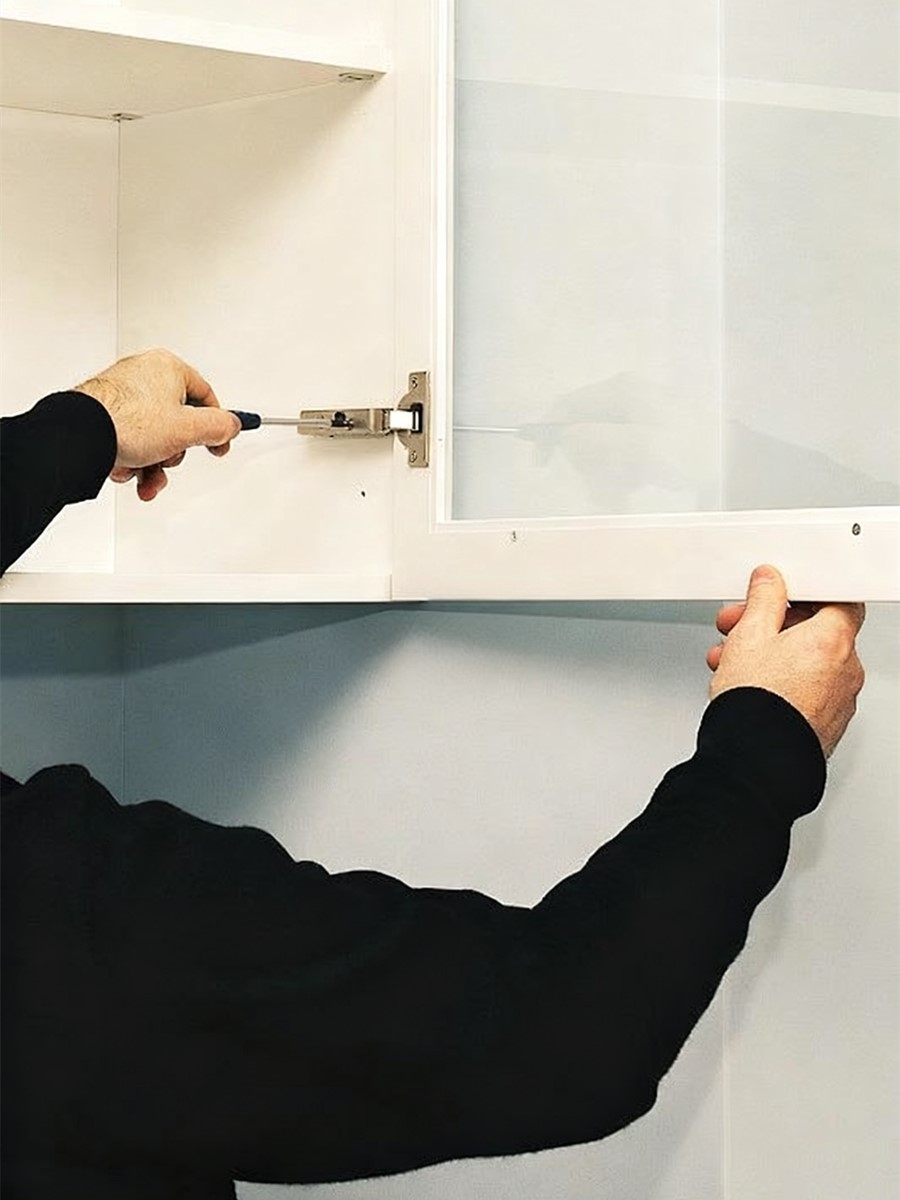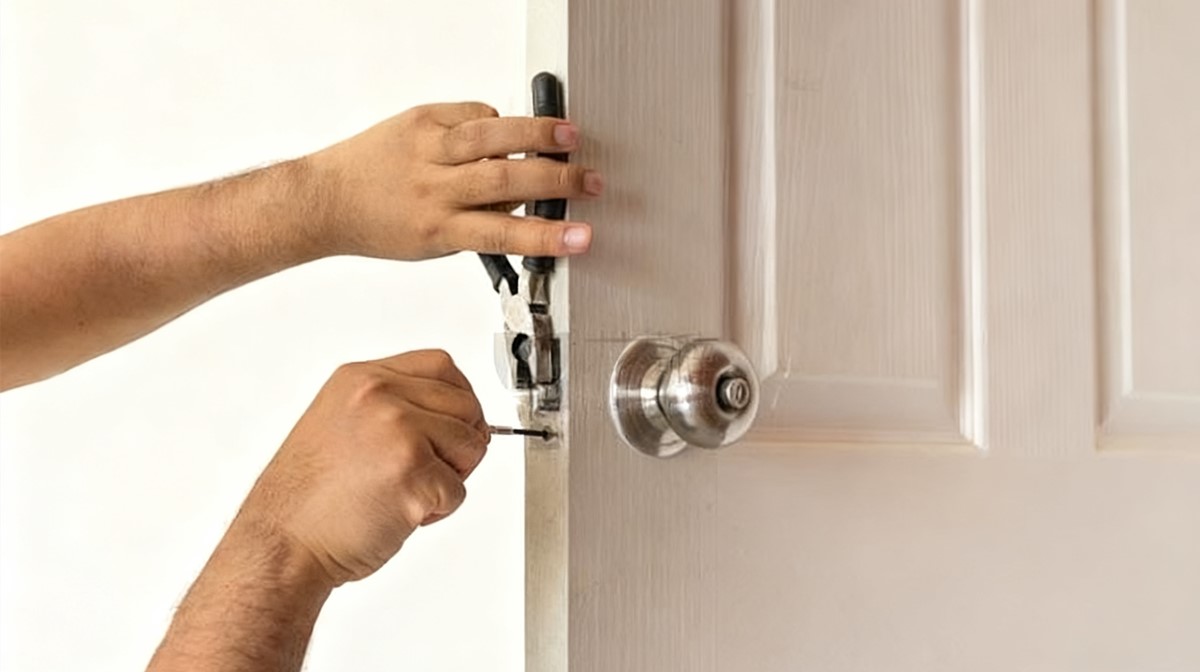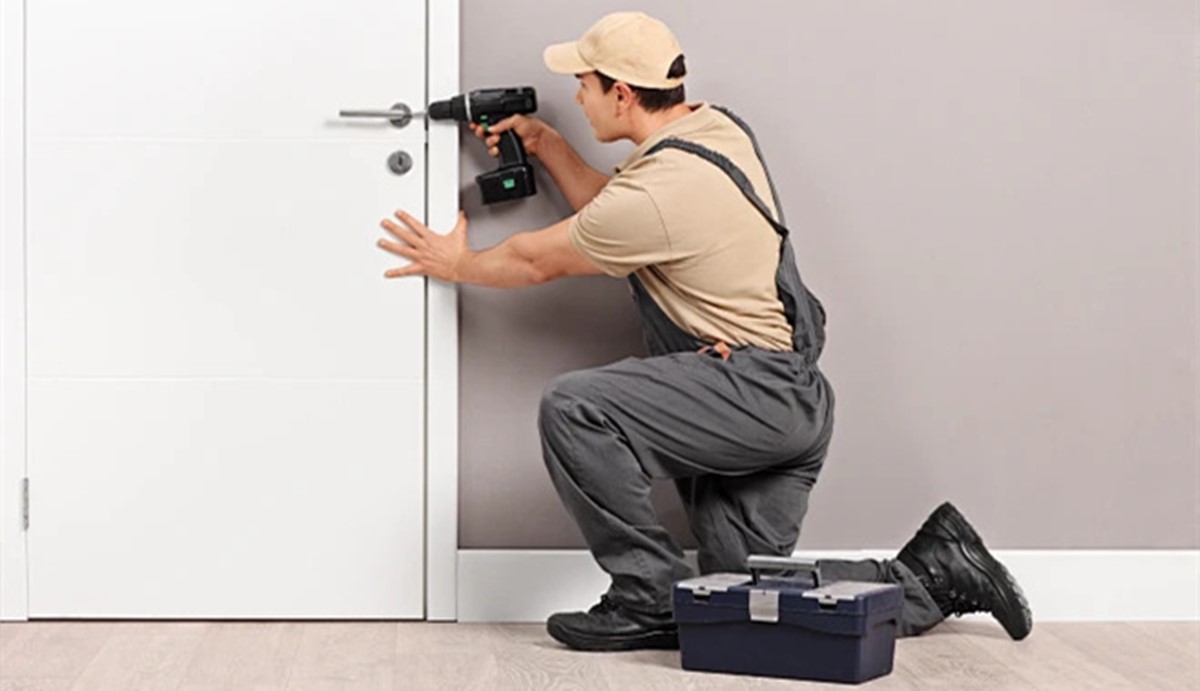A door that wobbles, rattles, and refuses to close properly is more than an annoyance—it compromises privacy, security, and energy efficiency. Before you consider replacing the entire door, know that the solution is often straightforward. This professional guide walks you through diagnosing and permanently fixing a wobbly door.
Step 1: Diagnose the Root Cause
Play detective and identify the source of the problem.
Inspect the Hinges: Open the door and try to lift the door up and down. Watch the hinges closely. Are the screws loose? Is there a gap between the hinge plate and the door or frame?
Check the Latch: Close the door and check the strike plate (the metal piece on the door frame). Does the latch bolt fit snugly into the hole, or is there a large gap allowing the door to move?
Examine the Gaps: With the door closed, look at the gap between the door and the frame. Is it even from top to bottom? An uneven gap indicates the door has sagged.
Step 2: The Fixes – From Simple to Advanced
Fix #1: Tighten Loose Hinge Screws (The Most Common Solution)
The Problem: Over time, screws work themselves loose from the constant opening and closing.
The Solution: Use a screwdriver to firmly tighten every screw on all hinges.
The Pro Tip for Stripped Holes: If a screw won’t tighten (a “stripped” hole), don’t panic.
Remove the screw.
Pack the hole tightly with wooden toothpicks or a matchstick coated in wood glue.
Let the glue dry completely, then break off the excess.
Drive the screw back in. The composite material will create a brand-new, super-strong grip.
Fix #2: Shim a Sagging Door
The Problem: The door has dropped, causing the latch to miss the strike plate.
The Solution:
Identify the top hinge on the side where the door is sagging (usually the top hinge on the frame).
Loosen the screws holding that hinge to the frame, but don’t remove them completely.
Slide a thin shim (a piece of cardboard, plastic, or metal) behind the hinge in the frame.
Tighten the screws. This will push the top of the door back into its proper position.
Fix #3: Adjust the Strike Plate
The Problem: The latch hits the strike plate but doesn’t engage, or there’s side-to-side play.
The Solution:
If the latch is too high or low, use a file to carefully enlarge the strike plate’s opening.
If the gap is too big, unscrew the strike plate and pack the cavity behind it with epoxy or wood filler. Reinstall it once set.
The IISDOO Advantage: Prevention is Better Than Cure
While these fixes work, most wobbling doors stem from initially using low-quality hardware. Weak hinges bend under weight, and cheap screws strip easily, creating problems from the start.
Superior Hinges: Our hinges are constructed with high-grade materials and precision ball bearings to support weight reliably without sagging.
Quality Fasteners: We provide high-tensile screws with sharp, deep threads that bite into the wood and stay put.
Worry-Free Ownership: Our direct control over manufacturing ensures every component meets our strict durability standards. This commitment to quality is your assurance of a stable, quiet, and long-lasting door, backed by our reliable after-sales support.
When to Call a Professional:
If these fixes don’t resolve the issue, the door or frame itself may be warped, which requires a carpenter’s expertise.
Conclusion: Regain Control of Your Doors
A wobbly door is a fixable problem. By methodically checking the hinges, latch, and alignment, you can identify and solve the issue yourself. For a permanent solution that prevents future headaches, start with hardware built to last.
FAQ:
Q: Can I add a third hinge to a door?
A: Yes! Adding a third hinge in the center of the door is an excellent way to provide extra support and prevent future sagging, especially for heavy solid wood doors.
Q: What if my door still sticks after shimming?
A: This likely indicates a warped door or frame. You may need to plane down the edge of the door where it is rubbing against the frame.
Post time: Oct-17-2025



